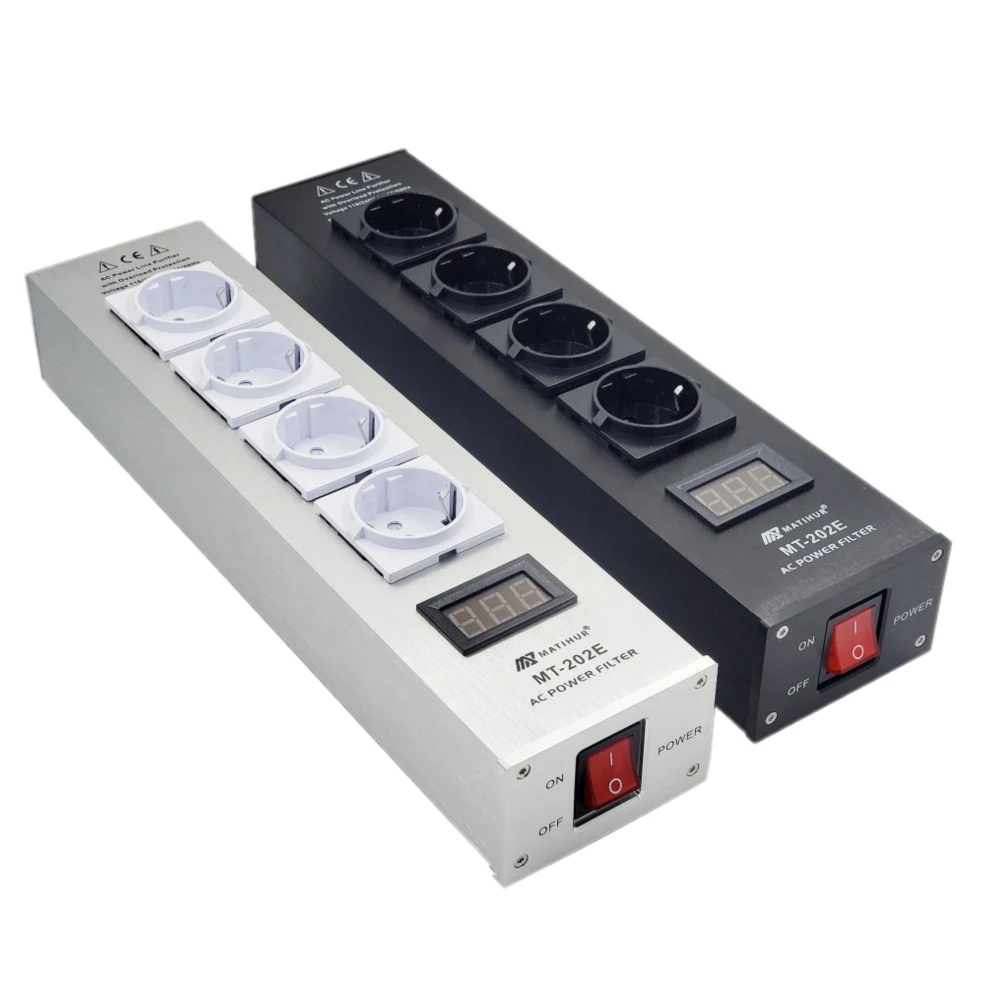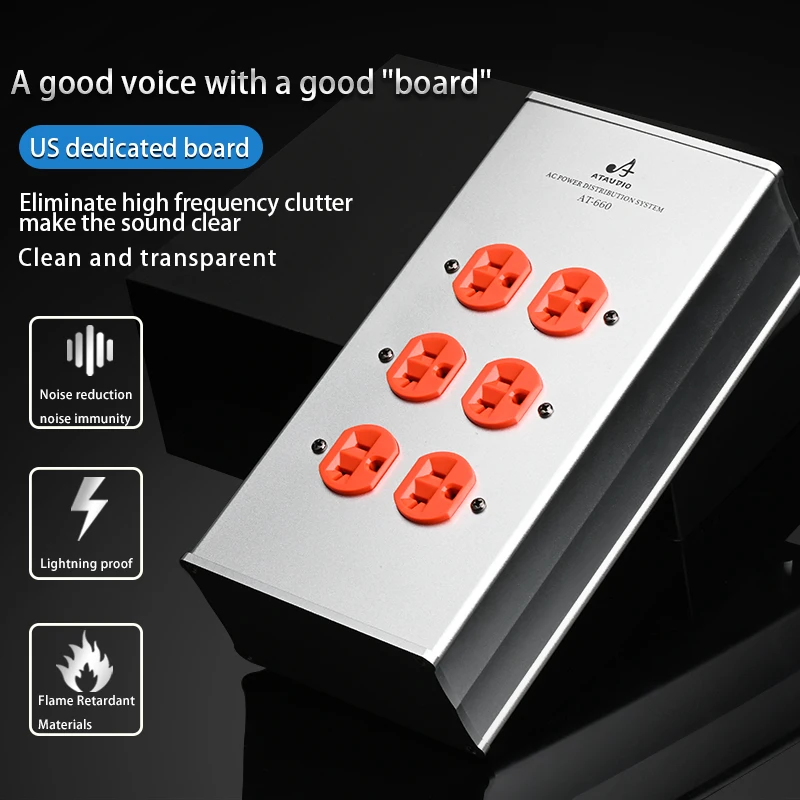A Regional Guide to High-Power Appliance Safety
Power-Hungry Appliances: A Universal Caution
Air conditioners, dryers, and other high-power home appliances pose a fire hazard if plugged into a standard power strip. According to electrical safety standards, users must verify the power consumption of their devices and the capacity of the power strip before use.
Power formula: Power (W) = Voltage (V) × Current (A)
For example:
-
In the U.S. (120V): a 12A device = 1,440W
-
In Europe (230V): a 10A device = 2,300W
-
In Korea (220V): a 9A device = 1,980W
These values must not exceed the rated capacity of the power strip.
Fire Risks of Overloading Power Strips
Most household power strips have a maximum current limit—often around 15A in the U.S. (up to 1,800W at 120V) and 16A in Europe and Korea (3,680W at 230V / 3,520W at 220V).
Exceeding this limit can lead to:
-
Overheating wires
-
Short circuits
-
Fire hazards
-
Tripped breakers
Multiple Devices = Cumulative Load
When several appliances are plugged into a single power strip, their combined wattage can quickly surpass the limit.
Example (Europe/Korea @ 230V/220V):
| Device | Power (W) |
|---|---|
| Air Conditioner | 2,000 |
| Microwave | 1,200 |
| Lamp | 300 |
| Total | 3,500W (Dangerously close to the limit) |
Example (U.S. @ 120V):
| Device | Power (W) |
|---|---|
| Portable A/C | 1,200 |
| Coffee Maker | 900 |
| Lamp | 100 |
| Total | 2,200W (Exceeds limit of many U.S. strips) |
Understanding Your Region’s Voltage System
| Region | Voltage | Frequency | Notes |
|---|---|---|---|
| U.S., Canada | 120V | 60Hz | Most outlets support 15A |
| Europe (e.g., Germany, France) | 230V | 50Hz | Higher voltage supports heavier loads |
| South Korea, Japan (220V/100V) | 220V (KR), 100V (JP) | 60Hz / 50Hz | Voltage varies by country |
Why does it matter?
Higher voltage allows appliances to consume more power with less current, reducing wire heat. However, this means power strips also carry more energy—and risks.
Air Conditioner Setup: What to Do
Wall-Mounted Units
-
Best practice: plug directly into a wall outlet.
-
If extension is needed: use a high-capacity 16A-rated power strip.
-
Keep unused outlets covered to prevent dust/fire risks.
Standalone (Floor) Units
-
Should be plugged directly into the wall, never into a shared power strip.
-
If necessary: use a dedicated, single-outlet heavy-duty extension rated for high current.
How to Choose a Safe Power Strip
| Appliance Type | Recommended Strip | Features |
|---|---|---|
| High-power (A/C, heater) | 16A, 250V (Europe/Korea) or 15A, 120V (U.S.) | Overload protection |
| Electronics (TV, PC) | Surge-protected strip | Individual switches optional |
| Chargers | USB-integrated strips | Overcharge protection |
Tip: Always operate at 80% or less of the strip’s rated power for long-term safety.
Disposal of Damaged Power Strips
Used or broken strips should be:
-
Disposed of in standard trash bins (depending on region)
-
Or dropped at e-waste collection sites
Power strips are helpful, but when used improperly—especially with high-wattage devices—they become potential fire starters.
Always check the rated amperage and voltage, and never overload. For air conditioners, using a dedicated wall outlet is always the safest choice.





